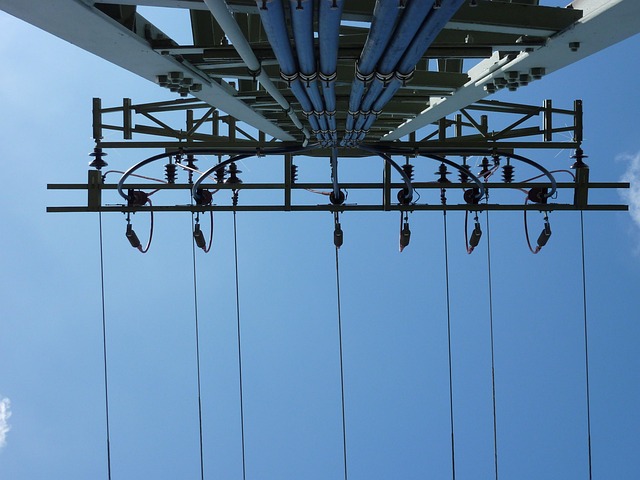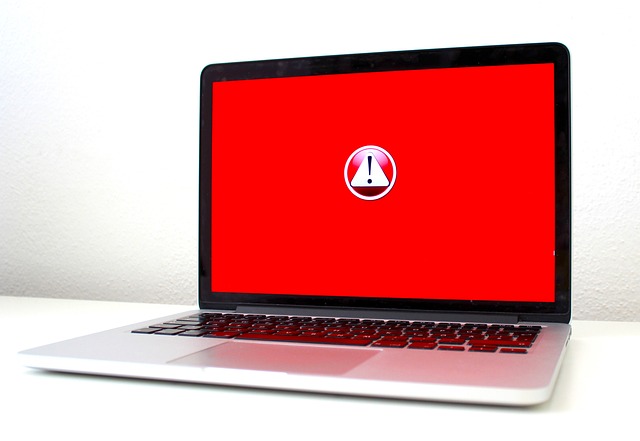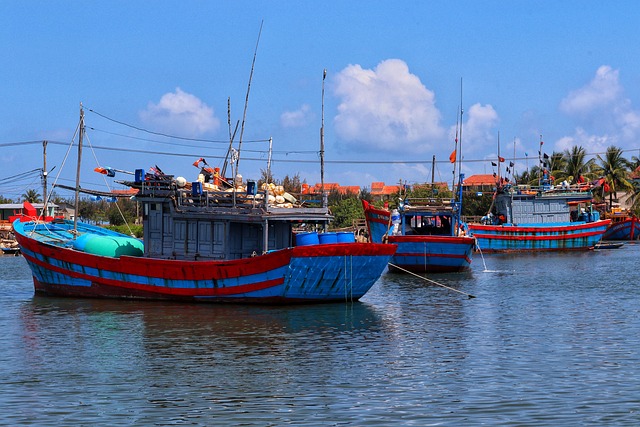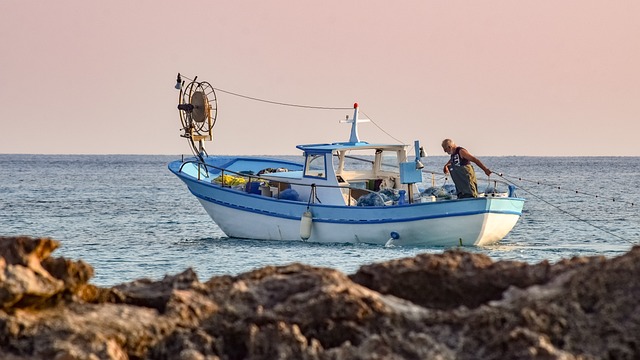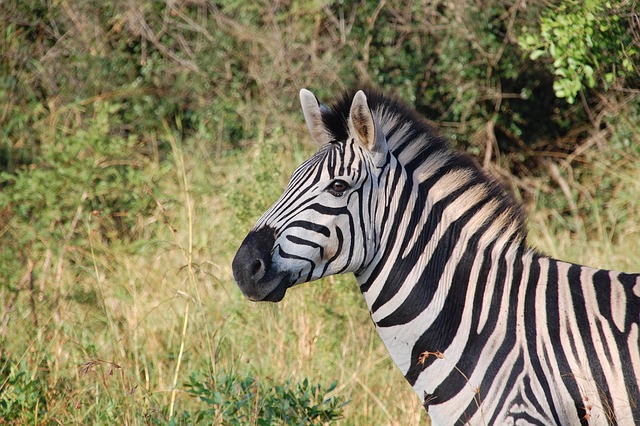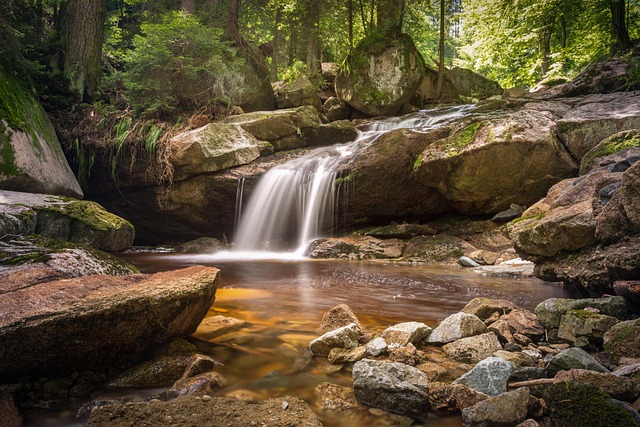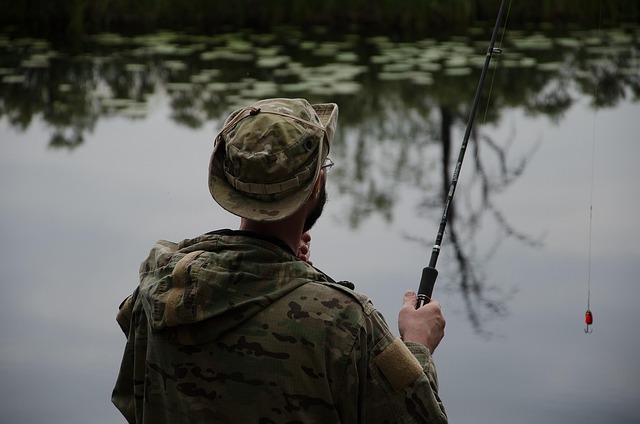Before fishing in the Upper Willamette River, check Oregon Department of Fish and Wildlife (ODFW) regulations for size limits, catch quotas, and seasonal closures. Obtain an Oregon fishing license, understand species-specific rules, and consider optimal fishing times based on water conditions and fish cycles. Properly equip yourself with suitable gear, safety items, and local knowledge for a successful and sustainable trip while adhering to ODFW guidelines.
“Uncover the secrets of the Upper Willamette River, a haven for anglers seeking exceptional fishing experiences. This comprehensive guide delves into the intricate world of local fishing regulations, ensuring a compliant and rewarding adventure. From permits and licenses to understanding the best times for diverse species, we’ve got you covered. Discover essential equipment tailored to the river’s unique characteristics and gain insider tips from experienced locals. Navigate the Upper Willamette with confidence and catch your biggest haul yet!”
- Understanding Upper Willamette Fishing Regulations
- Permits and Licenses: What You Need to Know
- Best Times and Seasons for Catching Desired Species
- Essential Fishing Equipment for the River
- Local Tips for Successful Fishing Adventures
Understanding Upper Willamette Fishing Regulations
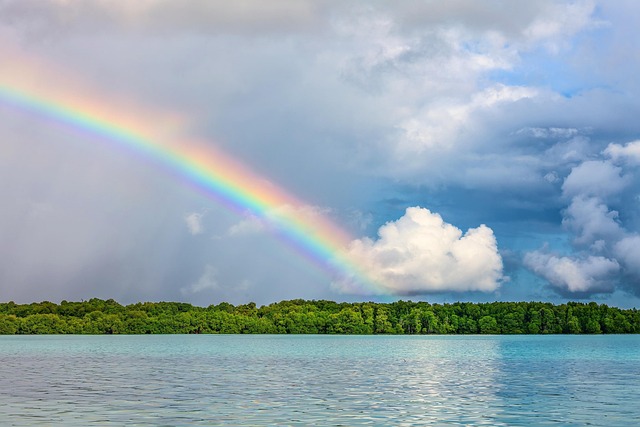
Fishing enthusiasts exploring the Upper Willamette River should familiarize themselves with the local fishing regulations in place to ensure a sustainable and enjoyable experience. These rules are designed to protect the river’s delicate ecosystem and preserve the health of its fish populations. The Oregon Department of Fish and Wildlife (ODFW) oversees these regulations, which vary based on species and season. Understanding these guidelines is essential for responsible fishing practices.
Key regulations include size limits, catch limits, and closed seasons for certain species. For instance, some popular game fish like trout have specific size requirements, ensuring that only mature fish are caught and allowing younger fish to reproduce. Additionally, daily limits specify how many fish can be kept, encouraging anglers to practice catch-and-release methods when appropriate. It’s crucial to check the ODFW website for up-to-date information on Upper Willamette fishing regulations before heading out, as penalties may apply for violations.
Permits and Licenses: What You Need to Know
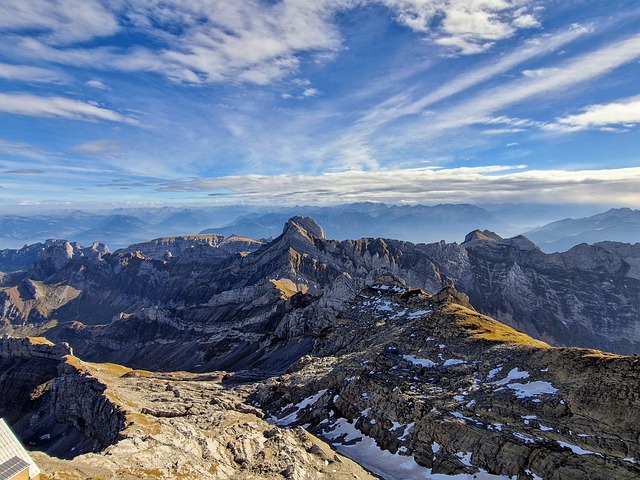
Before heading out on your next fishing trip along the Upper Willamette River, it’s essential to familiarize yourself with the local fishing regulations and obtain any necessary permits or licenses. Oregon Department of Fish and Wildlife (ODFW) oversees the regulation of fishing in state waters, including the Upper Willamette River. Anglers must acquire a valid Oregon fishing license, which can be purchased online or at various retail locations throughout the state.
The specific requirements may vary based on the type of fish you intend to catch and your personal fishing gear. For example, certain species like salmon and steelhead have size limits and catch limits, so be sure to check the current ODFW regulations for the Upper Willamette River to ensure a legal and sustainable fishing experience.
Best Times and Seasons for Catching Desired Species

The best times and seasons for catching desired species in the Upper Willamette River depend on various factors, including water temperature, weather patterns, and the life cycles of fish. Spring (March to May) is generally considered prime time for trout fishing as the river warms up, prompting fish to feed more aggressively. Summer (June to August) offers consistent water temperatures ideal for bass and catfish enthusiasts. Fall (September to November) is another peak season, with cooler waters attracting larger trout and salmon runs beginning in late fall. Winter (December to February) can be challenging due to lower water levels and freezing temperatures but still holds opportunities for those willing to brave the cold.
When it comes to Upper Willamette fishing regulations, understanding the seasonal limits and size restrictions for different species is vital. These guidelines ensure sustainable fishing practices and help maintain a healthy river ecosystem. Anglers should stay informed about local regulations and obtain necessary licenses to contribute positively to the conservation efforts while enjoying their favorite pastime.
Essential Fishing Equipment for the River

When heading out on the Upper Willamette River, knowing what equipment is essential is crucial for a successful and safe fishing trip. First off, ensure you have all necessary permits and are familiar with the upper Willamette fishing regulations to avoid any penalties. Depending on the type of fish you’re targeting, a variety of gear will be required. Generally, anglers favor spin-cast or spinning reels paired with lightweight, intermediate, or heavy test monofilament, fluorocarbon, or braided lines. These setups allow for a good balance between casting distance and sensitivity.
Don’t forget the hook selection; size 4–10 hooks are common for the river’s species, including trout, salmon, and bass. A reliable rod and reel combination is key, with many anglers opting for 6-foot to 7-foot medium or medium-heavy rods designed for casting lightweight lines effectively. Additionally, a good pair of waders or fishing shoes will help navigate the river’s edges safely while keeping your feet dry. Always pack essential safety gear like a first aid kit and sun protection.
Local Tips for Successful Fishing Adventures
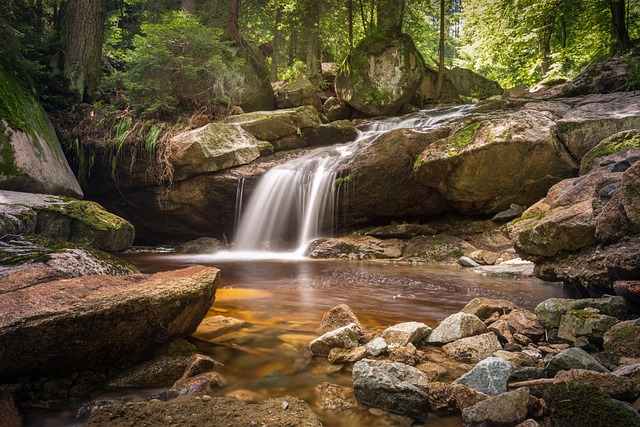
When planning your next fishing trip on the Upper Willamette River, familiarizing yourself with the local fishing regulations is just as important as packing your rod and bait. The Oregon Department of Fish and Wildlife sets and enforces rules to maintain a healthy fish population, so make sure you obtain a valid license before casting your line. Check the size limits for different species; some rivers have specific restrictions to protect smaller fish from overharvesting.
Local anglers often possess valuable knowledge about the river’s unique characteristics. They understand the best times of day to fish, the most productive spots, and which baits or lures work best in various conditions. Consider joining a local fishing club or asking at outdoor gear stores for insider tips. Pay attention to weather patterns, as rain can significantly impact fish behavior, and be prepared to adapt your strategy accordingly.

